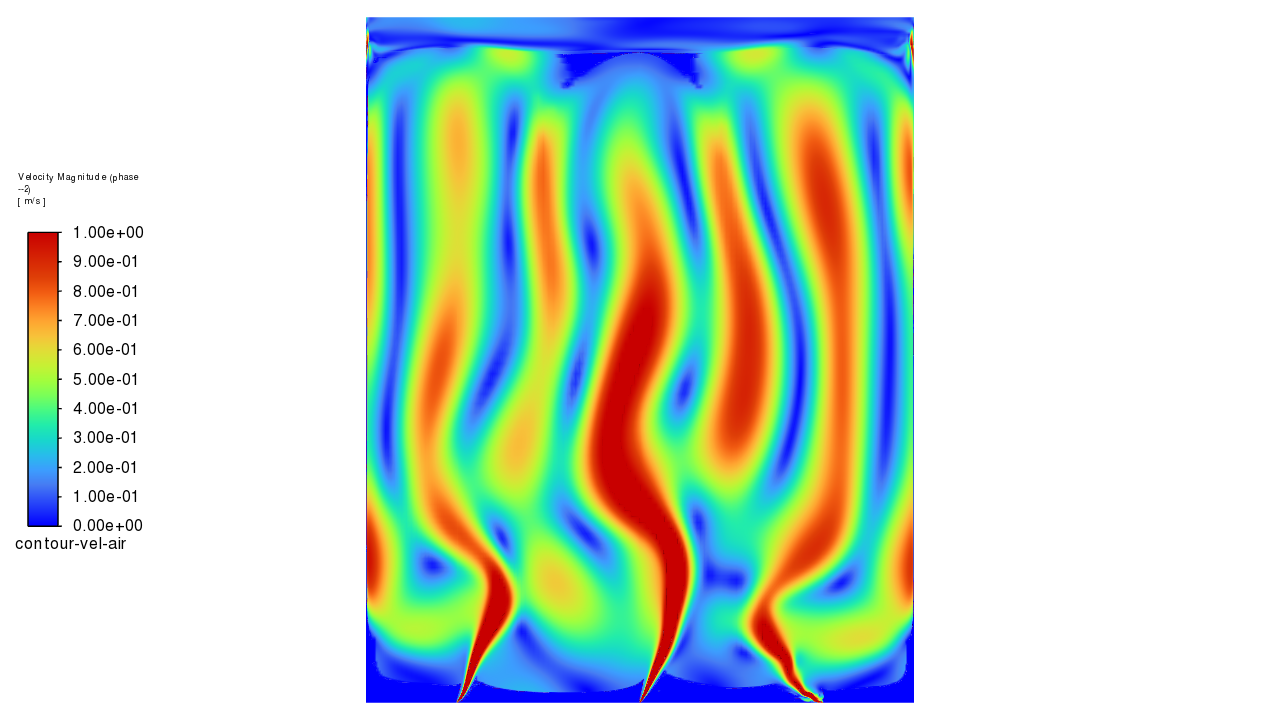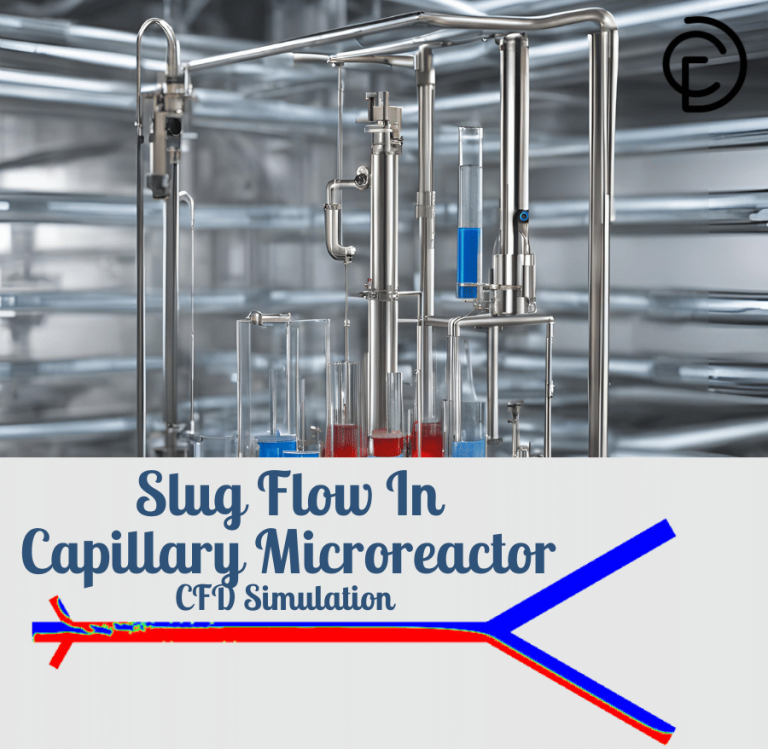Two-phase Aerobic Bioreactor CFD Simulation, ANSYS Fluent Training
Two-phase Aerobic Bioreactor CFD Simulation, ANSYS Fluent Training
- Upon ordering this product, you will be provided with a geometry file, a mesh file, and an in-depth Training Video that offers a step-by-step training on the simulation process.
- For any more inquiries regarding the product, please do not hesitate to reach out to us at info@CFDLAND.com or through our online support assistant.
€175 Original price was: €175.€115Current price is: €115.
Two-phase aerobic bioreactors are a big step forward in managing municipal solid waste, and they could be the answer to many of the problems that have been plaguing standard landfills for a long time. A typical anaerobic landfill needs much time and resources to get biologically stable. Aerobic bioreactors, on the other hand, add more air or moisture to help break down organic matter faster. This method breaks down trash more completely and faster, which improves the quality of runoff and lowers the risks to the environment. More recent studies have worked on making more models that include heat transfer, multi-phase flow, and transport of multiple components in order to understand better how aerobic zones change in anaerobic environments. Thanks to the reference paper written by Feng et al. and entitled “ Numerical model of aerobic bioreactor landfill considering aerobic-anaerobic condition and bio-stable zone development”, the current study is conducted to investigate two-phase aerobic bioreactor.
- Reference [1]: Feng, Shi-Jin, et al. “Numerical model of aerobic bioreactor landfill considering aerobic-anaerobic condition and bio-stable zone development.” Environmental Science and Pollution Research26 (2019): 15229-15247.
![schematic of two-phase aerobic bioreactor CFD simulation [1]](https://cfdland.com/wp-content/uploads/2024/10/schematic-of-two-phase-aerobic-bioreactor-CFD-simulation-1.png)
Figure 1: schematic of two-phase aerobic bioreactor CFD simulation [1]
Simulation Process
The geometry model is primarily designed in ANSYS Design Modeler and then meticulously meshed in ANSYS Meshing. Non-uniform spread of elements helps to decrease cell`s number to 181056. The unevenly structured grid is depicted (see Fig. 2). Needless to say, the more close to the waste injectors, the denser the mesh is. Two phases are modeled by Eulerian multiphase approach. Further, the unsteady nature of waste injection requires the adoption of a Transient solver.

Figure 2: structured grid of two-phase aerobic bioreactor cfd Simulation
Post-processing
As depicted in the contour, from the base of the reactor, three evident plumes of more dense air can be seen rising. Obviously, this is where the air injection is being put in. The plumes have the most air at their bottoms, which is shown by the colors that range from yellow to red. As they rise, the air concentrations spread out, making places with moderate air concentrations bigger. Not all of the clouds are built the same way. The plumes on the left and middle are more prominent and further into the reactor than those on the right. There could be changes in the injection pressure, the type of waste in the area, or differences in the waste grid that make the air flow lines less even. On top of the reactor, there is a thin layer of high-concentration air. This air is building up and could be a place for gases to collect or escape. It is possible to make small areas with a lot of oxygen, but extensive areas with low oxygen (dark blue) stay in between the plumes. These areas might be places where aerobic degradation is less effective because there isn’t enough air. This shows how important it is to find the best location for the aeration wells and the proper injection settings so that the air is spread out more evenly throughout the reactor.

We pride ourselves on presenting unique products at CFDLAND. We stand out for our scientific rigor and validity. Our products are not based on guesswork or theoretical assumptions like many others. Instead, most of our products are validated using experimental or numerical data from valued scientific journals. Even if direct validation isn’t possible, we build our models and assumptions on the latest research, typically using reference articles to approximate reality.
Yes, we’ll be here . If you have trouble loading files, having technical problems, or have any questions about how to use our products, our technical support team is here to help.
You can load geometry and mesh files, as well as case and data files, using any version of ANSYS Fluent.
€145 Original price was: €145.€65Current price is: €65.

€140 Original price was: €140.€105Current price is: €105.

€220 Original price was: €220.€125Current price is: €125.

€190 Original price was: €190.€165Current price is: €165.

€240 Original price was: €240.€155Current price is: €155.

€195 Original price was: €195.€150Current price is: €150.




















Reviews
There are no reviews yet.